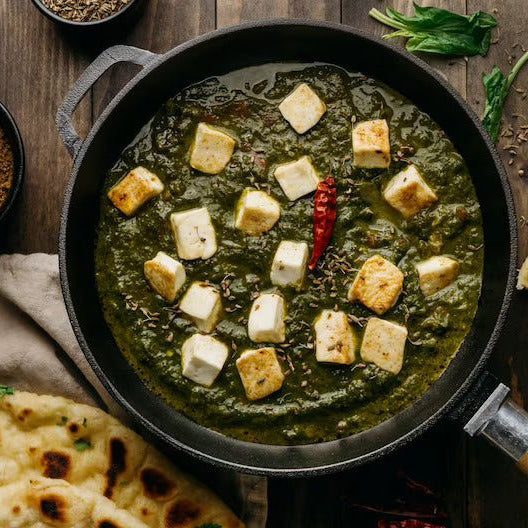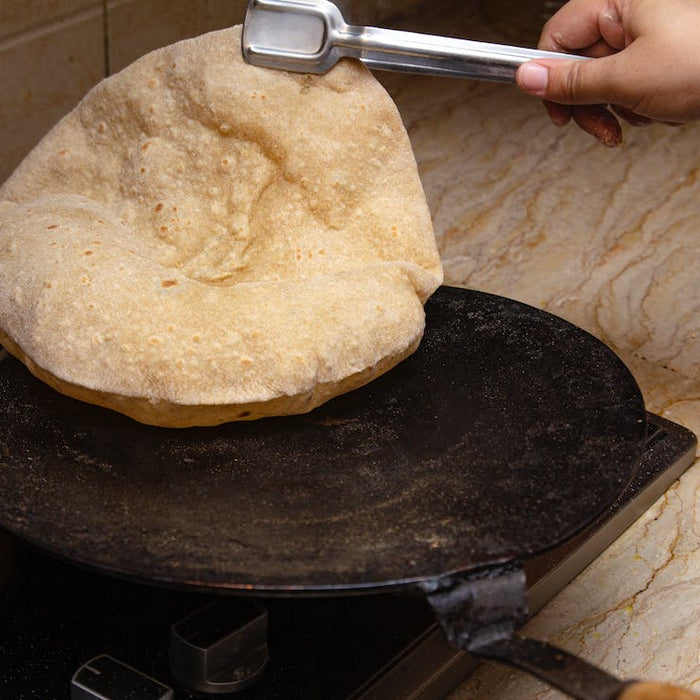
Ramphal: Exploring the Marvels of the Custard Apple
What is Ramphal? Ramphal, also known as bullock's heart or custard apple, is a delectable tropical fruit celebrated for its sweet, creamy pulp and distinctive flavor. Scientifically known as Annona reticulata, ramphal belongs to the Annonaceae family and is cherished for its unique taste and numerous health benefits.
When does Ramphal flourish? Ramphal thrives in warm and tropical climates, typically flourishing during the summer and monsoon months. Its peak season varies depending on the region, with the fruit being most abundant between the months of June and August.
Where is Ramphal found? Ramphal is native to South America and is cultivated in various tropical and subtropical regions around the world. It is commonly grown in countries with warm climates, including India, Mexico, Thailand, and the Caribbean.
Who savors the delights of Ramphal? Ramphal is enjoyed by people of all ages, from children to adults, who relish its delightful flavor and creamy texture. Its culinary versatility makes it a favorite ingredient in desserts, beverages, and savory dishes.
Why is Ramphal revered? Ramphal is revered not only for its exquisite taste but also for its potential health benefits. Rich in nutrients and bioactive compounds, ramphal has been valued for its contribution to overall well-being.
Which parts of Ramphal are utilized? The edible part of ramphal is its pulpy flesh, which is the primary focus of consumption. The seeds are usually not eaten and are discarded, while the skin is inedible due to its tough texture.
Whose cultures embrace Ramphal? Ramphal holds significance in various cultures, where it is incorporated into traditional cuisines, beverages, and herbal remedies. It has a special place in indigenous practices and has been utilized for its potential medicinal properties.
Benefits of Ramphal:
- Nutrient-Rich: Ramphal is packed with essential nutrients, including vitamin C, vitamin A, dietary fiber, and potassium.
- Digestive Health: The dietary fiber in ramphal aids digestion and promotes a healthy gut by preventing constipation and supporting regular bowel movements.
- Immune Support: The presence of vitamin C contributes to immune system health, helping the body fight infections and illnesses.
- Heart Health: Potassium in ramphal supports heart health by regulating blood pressure and promoting cardiovascular function.
- Antioxidant Properties: Ramphal contains antioxidants that help neutralize harmful free radicals in the body, reducing oxidative stress and cell damage.
- Skin Benefits: The presence of vitamin A contributes to skin health by promoting cell turnover and maintaining skin elasticity.
- Bone Health: Ramphal provides calcium and phosphorus, essential minerals for maintaining strong and healthy bones.
Important Facts about Ramphal:
- Culinary Delight: Ramphal's sweet and creamy pulp is a prized ingredient in desserts, ice creams, smoothies, and beverages.
- Traditional Medicine: In traditional practices, various parts of the ramphal plant are used for their potential medicinal benefits, including the leaves, roots, and seeds.
- Cultural Significance: Ramphal holds cultural and religious significance in some regions, where it is offered in ceremonies and rituals.
- Plant Compounds: Ramphal contains bioactive compounds like acetogenins, which have garnered attention for their potential anti-cancer properties.
- Cautions: While ramphal offers an array of health benefits, it is advisable to consume it in moderation, as excessive consumption may lead to an increase in calories and sugars.
In conclusion, ramphal emerges as a true treasure of nature, combining exquisite taste with health-enhancing properties. Its presence in various cultures and cuisines underscores its importance in promoting both gastronomic delight and well-being. As we celebrate the flavors of ramphal, we are reminded of the intricate connection between nature's bounty and our quest for nourishment and vitality.
Featured collection
-
Original price - Original priceOriginal price Rs. 19.99Rs. 19.99-Current price Rs. 19.99
Product title
Original price - Original priceOriginal price Rs. 19.99Rs. 19.99-Current price Rs. 19.99 -
Original price - Original priceOriginal price Rs. 19.99Rs. 19.99-Current price Rs. 19.99
Product title
Original price - Original priceOriginal price Rs. 19.99Rs. 19.99-Current price Rs. 19.99 -
Original price - Original priceOriginal price Rs. 19.99Rs. 19.99-Current price Rs. 19.99
Product title
Original price - Original priceOriginal price Rs. 19.99Rs. 19.99-Current price Rs. 19.99 -
Original price - Original priceOriginal price Rs. 19.99Rs. 19.99-Current price Rs. 19.99
Product title
Original price - Original priceOriginal price Rs. 19.99Rs. 19.99-Current price Rs. 19.99 -
Original price - Original priceOriginal price Rs. 19.99Rs. 19.99-Current price Rs. 19.99
Product title
Original price - Original priceOriginal price Rs. 19.99Rs. 19.99-Current price Rs. 19.99
Blog posts
-
-

What is Karahi or Kadahi? Exploring Its Best Use in 2024 | Non Stick
The kadai or karahi holds a special place, when it comes to Indian cooking,choose MACclite kadai cookware for a healthier and more enjoyable cooking experience.Read now -

Best Tawa for Roti 2024 - Guide to Choosing the Best Iron Tawa for Your Family
The roti tawa is the right tool to achieve the ideal texture and taste. Finding the perfect roti tawa for your family can be both rewarding and challenging in 2024 due to the many options available.Read now


